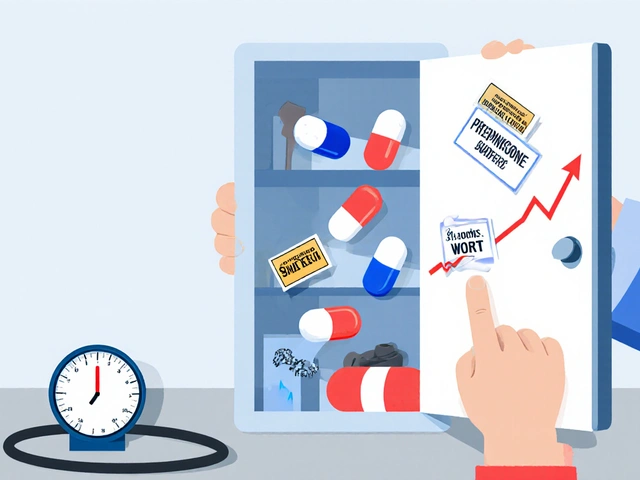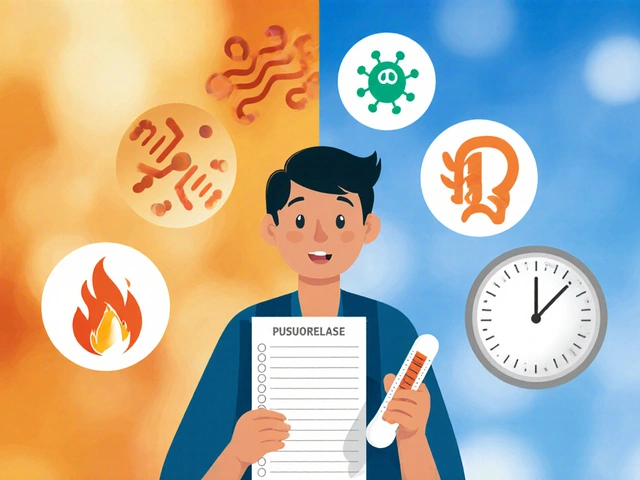NSAID: What It Is, How It Affects Your Body, and What to Watch For
When you reach for ibuprofen or naproxen to ease a headache, sore muscles, or menstrual cramps, you’re using an NSAID, a nonsteroidal anti-inflammatory drug that reduces pain, fever, and swelling by blocking certain enzymes in your body. Also known as nonsteroidal anti-inflammatory drug, it’s one of the most common types of pain relief you can buy without a prescription. But what most people don’t realize is that NSAIDs aren’t harmless just because they’re easy to get. These drugs don’t just calm pain—they change how your body works behind the scenes.
NSAIDs work by stopping enzymes called COX-1 and COX-2. These enzymes help make prostaglandins, chemicals that cause pain and swelling after an injury. But prostaglandins also protect your stomach lining and help your kidneys manage fluid and blood pressure. When NSAIDs block them, you get relief—but you also risk stomach upset, kidney strain, and higher blood pressure. That’s why high blood pressure, a condition where the force of blood against artery walls is too high is a known side effect of long-term NSAID use. Studies show that people who take NSAIDs regularly are more likely to see their blood pressure rise, especially if they already have hypertension or kidney issues. And it’s not just about the numbers on a monitor—uncontrolled pressure can silently damage your heart, kidneys, and brain over time.
NSAIDs also interact with other medications you might be taking. If you’re on a diuretic like hydrochlorothiazide for blood pressure, or an antidepressant like sertraline, or even a blood thinner, NSAIDs can make things worse. They can reduce how well those drugs work or increase your risk of bleeding or kidney damage. That’s why it’s not just about how much you take—but who you are and what else you’re using. People with kidney disease, heart failure, or a history of ulcers need to be extra careful. Even healthy adults shouldn’t use them daily for months without checking in with a doctor.
There’s a big difference between using NSAIDs for a few days after a sprained ankle and taking them every day for chronic back pain. The first is usually fine. The second? That’s where things get risky. And yet, so many people don’t realize they’re in danger because the side effects creep up slowly. You might not feel your kidneys working harder. You might not notice your blood pressure rising until it’s too late. That’s why monitoring matters. If you use NSAIDs often, track your blood pressure at home. Watch for swelling in your ankles. Pay attention to changes in how much you pee. These are early signals your body is struggling.
What you’ll find in the posts below isn’t just a list of articles—it’s a practical guide to understanding how NSAIDs fit into your health picture. You’ll see how they connect to real conditions like gout, chronic pain, and hypertension. You’ll find comparisons with other pain relievers, warnings about hidden risks, and tips for staying safe when you need them most. No fluff. No marketing. Just what you need to know to use NSAIDs without putting your health at risk.

Aspirin for Cold & Flu Relief: Effectiveness, Risks & Alternatives
Find out if aspirin truly helps with cold and flu symptoms, its risks, proper dosage, and safer alternatives in a clear, expert‑backed guide.
View More




